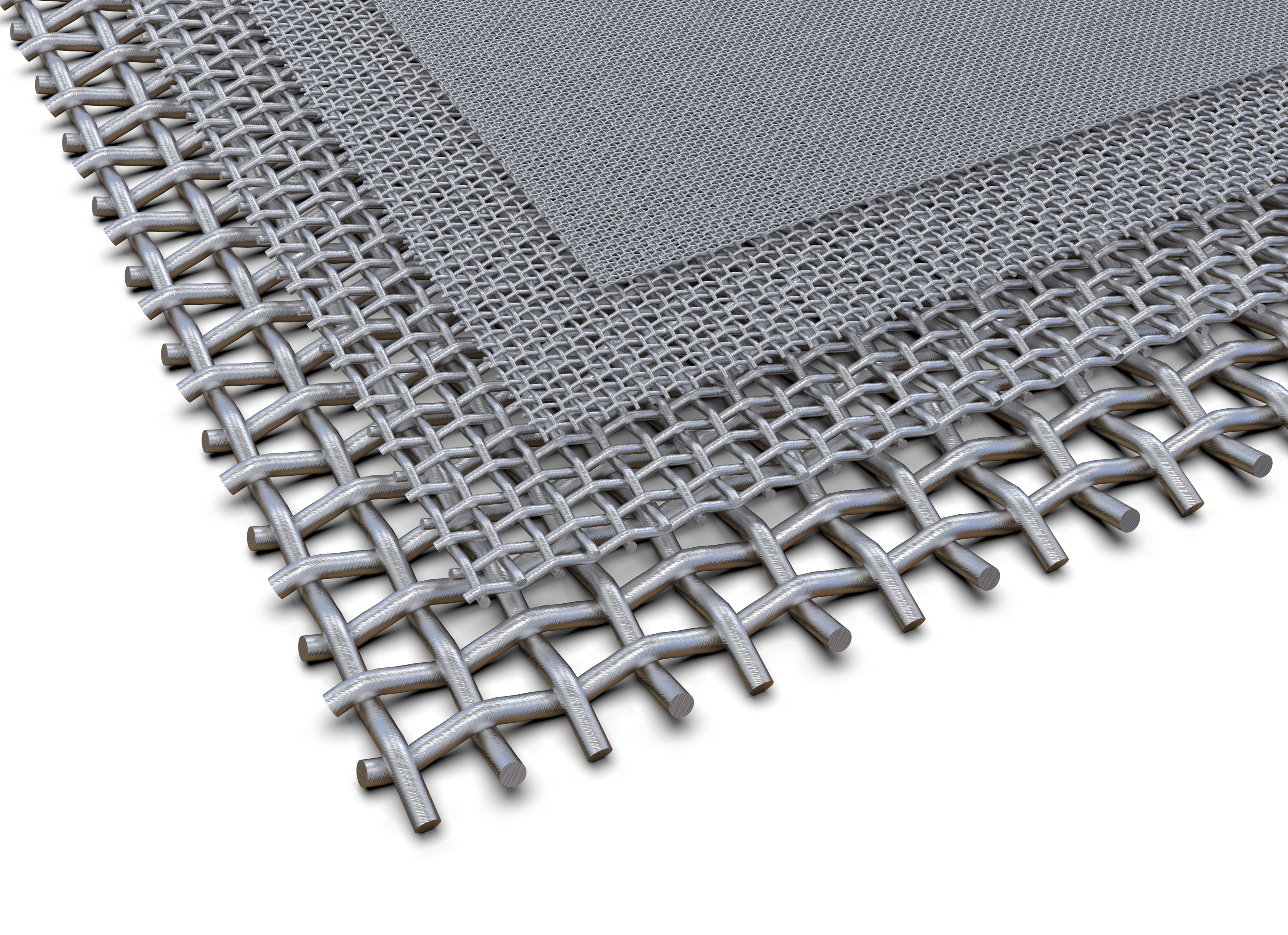
Difference between Woven Wire Mesh and Welded Wire Mesh
Woven wire mesh and welded wire mesh are two common materials used in various industrial, commercial, and residential applications. While they serve similar purposes, they differ significantly in their construction, properties, and applications. Understanding the differences between these two types of wire mesh is crucial for selecting the most suitable option for specific needs.
Formation Process
Woven wire mesh is created by weaving individual wires together in an interlocking pattern. This weaving process involves crisscrossing the wires horizontally and vertically to form a stable mesh structure. On the other hand, welded wire mesh is manufactured by welding individual wires together at their intersection points. This welding process creates a rigid grid-like pattern, providing strength and stability to the mesh.
Physical Characteristics
Woven wire mesh typically features a more flexible and malleable structure due to its weaving pattern. It can be easily bent, shaped, and manipulated to fit various applications. In contrast, welded wire mesh has a more rigid and uniform structure, making it ideal for applications requiring high strength and stability.
Strength and Durability
In terms of strength, welded wire mesh tends to be stronger and more resistant to impact and bending compared to woven wire mesh. This is because the welding process creates strong bonds between the wires, resulting in a solid and robust mesh structure. However, woven wire mesh offers better flexibility and can withstand certain types of stress more effectively.
Applications
Woven wire mesh is commonly used in applications where filtration, ventilation, or protection against small particles is required. It is often used in industries such as agriculture, mining, and construction. Welded wire mesh, on the other hand, is preferred for applications that demand higher levels of strength and security, such as fencing, animal enclosures, and concrete reinforcement.
Cost Comparison
The cost of woven wire mesh varies depending on factors such as wire gauge, mesh size, and material composition. Generally, woven wire mesh tends to be more expensive than welded wire mesh due to the intricate weaving process involved. Welded wire mesh, on the other hand, offers a more cost-effective solution for applications requiring strength and durability.
Conclusion
In conclusion, woven wire mesh and welded wire mesh offer distinct advantages and characteristics that make them suitable for various applications. While woven wire mesh excels in flexibility and customization, welded wire mesh shines in terms of strength and durability. Understanding the differences between these two types of wire mesh is essential for making informed decisions based on specific project requirements.
